Agriculture and Sustainable Food: 10 Shocking Green Hacks
Table of Contents
- Introduction: The Cornerstone of our Civilization
- Understanding Sustainable Agriculture
- Agriculture and Sustainable Food: 10 Shocking Green Hacks
- 1. Crop Rotation and Diversity
- 2. Cover Cropping for Soil Improvement
- 3. Conservation Tillage Techniques
- 4. Integrated Pest Management (IPM)
- 5. Agroforestry for Biodiversity
- 6. Precision Agriculture Technology
- 7. Organic Farming Methods
- 8. Permaculture Systems
- 9. Regenerative Farming Practices
- 10. Biodynamic Farming
- Farmonaut: Pioneering Precision in Sustainable Agriculture
- Comparative Benefits Table: 10 Green Hacks
- Innovation and The Global Movement For Sustainable Agriculture
- Challenges & Future of Sustainable Agriculture
- FAQ on Sustainable Agriculture & Farmonaut Solutions
- Conclusion: Securing Our Food, Protecting Our Planet
“Crop rotation can increase soil fertility by up to 30%, boosting yields and reducing the need for chemical fertilizers.”
Introduction: The Cornerstone of Our Civilization
Agriculture has stood at the heart of human civilization, underpinning our food security and economic stability for millennia. However, as our global population grows and climate change challenges intensify, the limitations of traditional farming methods have become increasingly clear. Conventional agricultural practices have contributed to soil degradation, nutrient depletion, loss of biodiversity, and environmental instability.
To ensure our future food needs and the health of our planet, we must transition towards sustainable agriculture—an integrated system that balances food production with environmental stewardship, economic viability, and social equity.
By understanding and implementing ten shocking “green hacks,” we as farmers, consumers, and policy makers can transform farming from a practice that drains the earth to one that preserves it for future generations.
Understanding Sustainable Agriculture
Sustainable agriculture is an integrated system of plant and animal production practices designed to meet our current food and fiber needs without compromising the ability of future generations to meet theirs. This approach champions:
- Environmental Stewardship: Preserving natural resources, maintaining biodiversity in agriculture, and improving soil health.
- Economic Viability: Ensuring that farming is profitable for farmers and contributes positively to the local economy.
- Social Responsibility: Providing quality of life for farmers and local communities, ensuring equity and fair treatment.
The core principles include preserving resources, rotating crops, adopts biological methods over chemical ones, and promoting healthy, balanced systems.
Agriculture and Sustainable Food: 10 Shocking Green Hacks
Let’s explore ten powerful strategies—our “green hacks”—that can revolutionize agriculture, safeguard our soil, and lead us into a regenerative farming future.
“Regenerative farming can sequester up to 3 tons of carbon per hectare annually, helping fight climate change.”
1. Crop Rotation & Diversity: Unlocking Crop Rotation Benefits
Crop rotation and diversity are foundational to sustainable agriculture. Rotating crops—growing a mix of different crop species in a strategic sequence—breaks the cycles of pests and diseases, reduces dependency on chemical inputs, and improves soil health.
- Improves Soil Structure: Different root systems aerate the soil, encourage beneficial microbe activity, and replenish nutrients such as nitrogen (with legumes in the rotation).
- Reduces Pest and Disease Pressure: By varying the crops, we disrupt pest and pathogen lifecycles, reducing the need for chemical pesticides.
- Boosts Biodiversity: Diversified plantings encourage a wider range of pollinators and beneficial fauna, enhancing biodiversity in agriculture.
Research shows that crop rotation benefits go beyond better yields—they decrease soil erosion, reduce fertilizer inputs, and foster resilient farming systems over decades.
Intercropping—growing a strategic mix of crops within the same area—offers further resilience and maximizes land use, reducing pest impacts and improving soil fertility year after year.
2. Cover Cropping for Soil Improvement
Cover cropping involves planting crops like clover, rye, or hairy vetch during the off-season. These crops protect and enhance the soil by:
- Preventing erosion by shielding soil from wind and rain.
- Replenishing nutrients by fixing nitrogen or adding organic matter.
- Suppressing weeds by outcompeting them.
- Reducing fertilizer needs and improving soil structure.
By embracing cover cropping for soil improvement, farmers are promoting soil health, boosting yields, and reducing the need for synthetic fertilizers.
Did You Know? Fields with regular cover cropping can see up to 50% increase in soil organic matter within five years—critical for water retention and resilient yields.
3. Conservation Tillage Techniques
Conservation tillage means minimizing disturbance of the soil during planting. By practicing no-till or reduced-till methods, we:
- Preserve soil structure and its beneficial microbial ecosystems.
- Reduce soil erosion by maintaining plant residues as a protective cover.
- Improve soil moisture retention through decreased evaporation.
- Lower fuel consumption, decreasing on-farm carbon emissions.
Adopting conservation tillage techniques is crucial for sustainable farming systems, particularly in regions prone to drought and soil loss.
4. Integrated Pest Management (IPM)
Integrated Pest Management (IPM) combines biological, cultural, physical, and, where needed, chemical control tools to manage pests in a holistic, economically viable, and environmentally friendly manner.
- Reduces reliance on synthetic chemicals for pest control, lessening ecosystem disruption.
- Promotes beneficial insects and natural pest enemies.
- Encourages crop monitoring, rotation, and cultural practices to disrupt pest cycles.
- Uses targeted, minimal application of pesticides only as a last resort.
By integrating multiple techniques, IPM improves sustainability and fosters a balanced agricultural system.
Explore more about smart pest management techniques and digital crop scouting in Farmonaut’s Large Scale Farm Management App.
5. Agroforestry for Biodiversity in Agriculture
Agroforestry is the integration of trees and shrubs into farming systems, blending agriculture and forestry practices to create sustainable landscapes.
- Enhances biodiversity by offering habitat and food for wildlife and pollinators.
- Improves soil health through leaf litter and root system synergy.
- Reduces erosion and improves water regulation.
- Provides additional income streams from timber, fruits, or medicinal plants.
Implementing agroforestry increases biodiversity in agriculture and is vital for long-term resilience, especially as we confront climate change.
6. Precision Agriculture Technology: Smarter Farming for the Future
Precision agriculture technology leverages advanced tools—such as satellite imagery, IoT sensors, drones, and AI systems—to guide farmers in making data-driven decisions. With this tech, we can:
- Target inputs (like water, nutrients, and pesticides) only where and when needed.
- Reduce resource wastage and optimize input usage (up to 30% water savings!).
- Monitor crop health remotely for early detection of stress or disease.
- Improve yields and lower environmental impact.
- Enable smart fleet management and carbon footprint tracking for sustainable farm operations.
Farmonaut is at the forefront of making precision agriculture affordable and accessible worldwide.
- Satellite Crop Health Monitoring: Using multispectral satellite images to track vegetation, soil moisture, and farm resource usage—all through a mobile or web app.
- Jeevn AI Advisory: Real-time, site-specific advice on weather, crop management, and pest control for improved profitability and efficiency.
- API & Automation: Seamless integration with your own systems—see Farmonaut API and Developer Docs.
7. Organic Farming Methods
Organic farming bans the use of synthetic fertilizers and pesticides, focusing instead on natural amendments like compost, green manure, and animal manure to enhance soil health and nutrition.
- Reduces pollution and runoff, safeguarding water sources.
- Improves biodiversity by fostering a lively soil ecosystem and supporting wildlife.
- Enhances soil fertility and organic matter (50% higher soil carbon content over five years possible).
- Promotes healthier, more nutritious crops for consumers.
Adopting organic farming methods supports environmental sustainability and responds to rising consumer demand for chemical-free food.
8. Permaculture Systems: Designing Food Forever
Permaculture draws inspiration from natural ecosystems. It plans farms as self-sustaining systems where crops, livestock, natural vegetation, and water conservation interact in harmony.
- Reduces external inputs and encourages minimal intervention by replicating nature’s cycles.
- Enhances resilience and adapts to climate change.
- Increases organic matter and soil fertility long-term.
- Supports diverse yields and empowers local food systems.
As we design our farms using permaculture principles, we create regenerative agricultural systems that will serve generations to come.
Check out how permaculture approaches can enhance digital monitoring and traceability at Farmonaut’s Blockchain-based Traceability Solution.
9. Regenerative Farming Practices
Regenerative agriculture goes beyond sustaining—it’s about restoring and improving the land we manage. With methods like no-till, cover cropping, rotational grazing, and composting, regenerative farming:
- Increases soil organic carbon, drawing CO2 from the atmosphere (helping to fight climate change).
- Improves soil health by returning nutrients, reducing erosion, and fostering a balanced microbial ecosystem.
- Makes farms more resilient against drought, flood, and extreme weather events.
- Boosts biodiversity, pollinators, and beneficial insects.
Learn how to calculate and minimize your farm’s carbon footprint with Farmonaut’s Carbon Footprinting Tool.
10. Biodynamic Farming
Biodynamic farming treats the farm as a living, self-sustaining organism. Using lunar cycles, compost teas, and herbal preparations, this holistic approach emphasizes:
- Enhancing soil vitality and energy flows in the field.
- Reducing external inputs by closing nutrient cycles on-farm.
- Improving soil structure and yields while boosting ecosystem service functions.
- Maintaining productivity, soil health, and farm biodiversity naturally.
Though rooted in ancient wisdom, these methods are being refined for modern sustainable agriculture around the globe.
Ready to Revolutionize Your Farm?
Join Farmonaut’s global community of forward-thinking farmers and agribusinesses with scalable, subscription-based access for every need, from small plots to large plantations.
Farmonaut: Pioneering Precision in Sustainable Agriculture
At Farmonaut, we believe data-driven decisions and smart farming innovations are essential for the future of food security. Our goal is to empower farmers and agribusinesses worldwide with tools that optimize soil health, crop production, and resource use—all while reducing environmental impact.
- Satellite-Based Crop Health Monitoring: Instantly view field-level insights on vegetation health (NDVI), soil moisture, and pest/disease outbreak potential.
- Jeevn AI Advisory System: Get personalized crop management advice, weather alerts, and smart recommendations—anywhere, anytime.
- Blockchain Traceability: Track your entire crop journey for quality assurance and food traceability—see our Product Traceability Solution.
- Fleet & Resource Management: Monitor your tractors, harvesters, and field teams for cost savings and fleet safety (Fleet Management Details).
- Carbon Footprint Tracking: Track your carbon emissions in real-time, take smart steps for sustainable certification (Learn Carbon Tracking).
- Support for Financial Access: Unlock satellite-based crop verification to streamline agri-loan approvals and insurance claims (Explore Crop Loan Tools).
What sets Farmonaut apart is the commitment to affordability, accessibility, and scalability—precision agriculture for every farmer, everywhere.
Comparative Benefits Table: 10 Green Hacks for Sustainable Agriculture
| Green Hack | Description | Estimated Resource Savings | Impact on Soil Health | Biodiversity Improvement |
|---|---|---|---|---|
| Crop Rotation & Diversity | Rotating and intercropping different crops to disrupt pest cycles, replenish nutrients, and support microbes. | Reduces fertilizer use by up to 30%, decreases pest management costs by up to 25%. | Boosts soil fertility, increases organic matter, reduces erosion by up to 50%. | High: Introduces floral and faunal diversity on-farm. |
| Cover Cropping | Growing clover, rye, or hairy vetch to protect and build soil during off-seasons. | Reduces erosion by up to 70%, lowers fertilizer and herbicide needs by 20-40%. | Adds organic matter & nitrogen, improves water retention. | Medium: Creates habitat for pollinators and beneficial insects. |
| Conservation Tillage | Minimizing or eliminating soil tillage to preserve structure and microbial life. | Reduces fuel use by 40%, increases water-holding capacity by up to 20%. | Reduces soil compaction, builds carbon, lessens erosion. | Low-Medium: Maintains more uniform habitat for soil life. |
| Integrated Pest Management (IPM) | Combining biological, physical, and cultural methods for effective pest control with minimal chemicals. | Drops pesticide use by 30–70%, saves on input costs. | Prevents chemical accumulation, protects beneficial microbes. | High: Maintains pollinator & predator populations. |
| Agroforestry | Integrating trees and shrubs among crops and animals for multifunctional systems. | Enhances water efficiency by 20%; provides additional farm outputs. | Adds leaf litter (organic matter), prevents erosion, improves nutrients. | Very High: Substantially increases landscape & species diversity. |
| Precision Agriculture | Using technology and remote sensing to apply inputs only where needed. | Saves up to 30% water & fertilizer; reduces pesticide waste. | Predicts & addresses deficiencies swiftly, preserves structure. | Varies: Allows site-specific biodiversity monitoring. |
| Organic Farming | Eliminating synthetic chemicals, relying on compost, manure, and rotation. | 50% less pollutant runoff; input costs similar or slightly lower. | Builds stable organic matter; revitalizes soil biology. | Medium-High: Encourages insect & soil fauna diversity. |
| Permaculture | Designing self-sustaining, multi-layered “food forests” and polytunnels. | Input needs drop by 40-60%; less irrigation required. | Soil regenerates continuously; resilient to shocks and stresses. | Very High: Replicates natural ecosystem function. |
| Regenerative Agriculture | Restoring degraded lands by rebuilding soil organic matter through specific crop and livestock practices. | 3 tons carbon sequestered/ha/year; reduces erosion and runoff dramatically. | Rapid increases in fertility and biological activity. | High: Favors native & adapted species. |
| Biodynamic Farming | Holistic techniques that harness celestial cycles, specialized composts, and farm self-sufficiency. | 15-25% reduction in off-farm input reliance; less irrigation. | Strengthens natural fertility & structure, closes loops. | High: Fosters harmony between cropped land & wild habitats. |
Innovation and The Global Movement For Sustainable Agriculture
From India to Brazil to Sub-Saharan Africa, farmers are increasingly pivoting to sustainable practices as the challenges of climate change become more pronounced. Local adaptation is key:
- Brazil: Use of biological nitrogen fixation in soybeans slashes chemical fertilizer use and improves both economic viability and environmental outcomes.
- Africa: In drought-prone Zimbabwe, farmers mix compost and organic manure to regenerate degraded soils, reducing dependence on imported fertilizers.
- Global Slow Food Movement: Advocates for crop rotation and indigenous diversity as a buffer against volatile climates and market shocks.
This worldwide push is energizing innovation—including rapid improvements in satellite-based monitoring, AI-driven farm advisory, and blockchain traceability solutions.
Explore how Farmonaut supports governments and NGOs with Large Scale Farm Management Solutions for robust monitoring and reporting.
Challenges & Future of Sustainable Agriculture
Overcoming Barriers
Shifting to sustainable agriculture doesn’t come without its hurdles:
- Economic Barriers: Initial setup for some practices (e.g. cover cropping equipment, drip irrigation) can be prohibitive for small-scale farmers.
- Knowledge Gaps: Lack of access to education and effective extension services hampers widespread adoption.
- Policy Support: Many current agricultural policies subsidize conventional techniques or promote single-crop systems, rather than rewarding sustainable efforts.
The Path Ahead
- Research & Development: More investment is needed—targeted research into local adaptations of sustainable techniques yields practical, actionable solutions.
- Scaling Education: Digital advisory (like Farmonaut’s Jeevn AI) and online learning platforms are crucial in reaching millions with sustainable know-how.
- Policy Reform: Governments should incentivize sustainable methods, align subsidies with climate goals, and support market access for organic and regenerative producers.
Ultimately, every stakeholder—from the farmer in the field to the consumer in the city—has a role in promoting sustainability and securing food for the future.
FAQ on Sustainable Agriculture & Farmonaut Solutions
What is the most effective sustainable agriculture practice?
While effectiveness varies by region, crop rotation combined with cover cropping and reduced tillage is globally recognized for improving soil health, reducing erosion, and boosting yields. Precision guidance (like Farmonaut’s) further optimizes these outcomes.
How does precision agriculture help smallholder farmers?
It democratizes access to real-time field-level data (crop health, soil moisture, disease hotspots), helping farmers make informed decisions, reduce waste, protect the environment, and save costs—without needing expensive hardware. Farmonaut offers affordable pay-as-you-grow options.
What are examples of regenerative farming practices?
Regenerative agriculture includes no-till farming, multi-species cover cropping, rotational grazing of animals, compost application, and reduction of synthetic inputs, all aimed at restoring soil vitality and capturing atmospheric carbon.
Can Farmonaut’s technology work for large farm enterprises?
Absolutely! Farmonaut’s platform is scalable—from smallholder plots to thousands of hectares—offering enterprise solutions for plantation management, fleet tracking, and compliance reporting. Explore Large Scale Farm Management Products for details.
How does blockchain traceability improve food security?
Blockchain guarantees each crop’s journey from planting to harvest to consumer is transparent and tamper-proof—essential for food safety, export markets, and consumer trust. Farmonaut’s traceability solution is tailored for modern supply chains.
Where can I access Farmonaut’s API data for my own farming app?
Developers and agribusinesses can integrate real-time satellite and weather data via the
Farmonaut API and consult the
Developer Documentation here.
How do I download or subscribe to Farmonaut tools?
You can download the Farmonaut app for Android and iOS, access the
web interface, or subscribe via the secure online portal above.
Conclusion: Securing Our Food, Protecting Our Planet
The future of agriculture relies on sustainability, innovation, and collective action. By adopting these 10 green hacks, we can restore soil health, boost biodiversity, reduce waste, and build resilient food systems for current and future generations.
At Farmonaut, we are proud to stand at the intersection of technology and tradition—making precision agriculture, resource management, and supply chain transparency accessible to all. By integrating sustainable practices and data-driven solutions, we lay the groundwork for a world where every farmer has the tools to thrive—profitably, sustainably, and equitably.
It’s time to move from depletion to regeneration. Let’s grow a healthier future—one field, one farm, one community at a time.
Don’t just read about sustainable agriculture—experience it. Get started with Farmonaut today and become part of the solution!


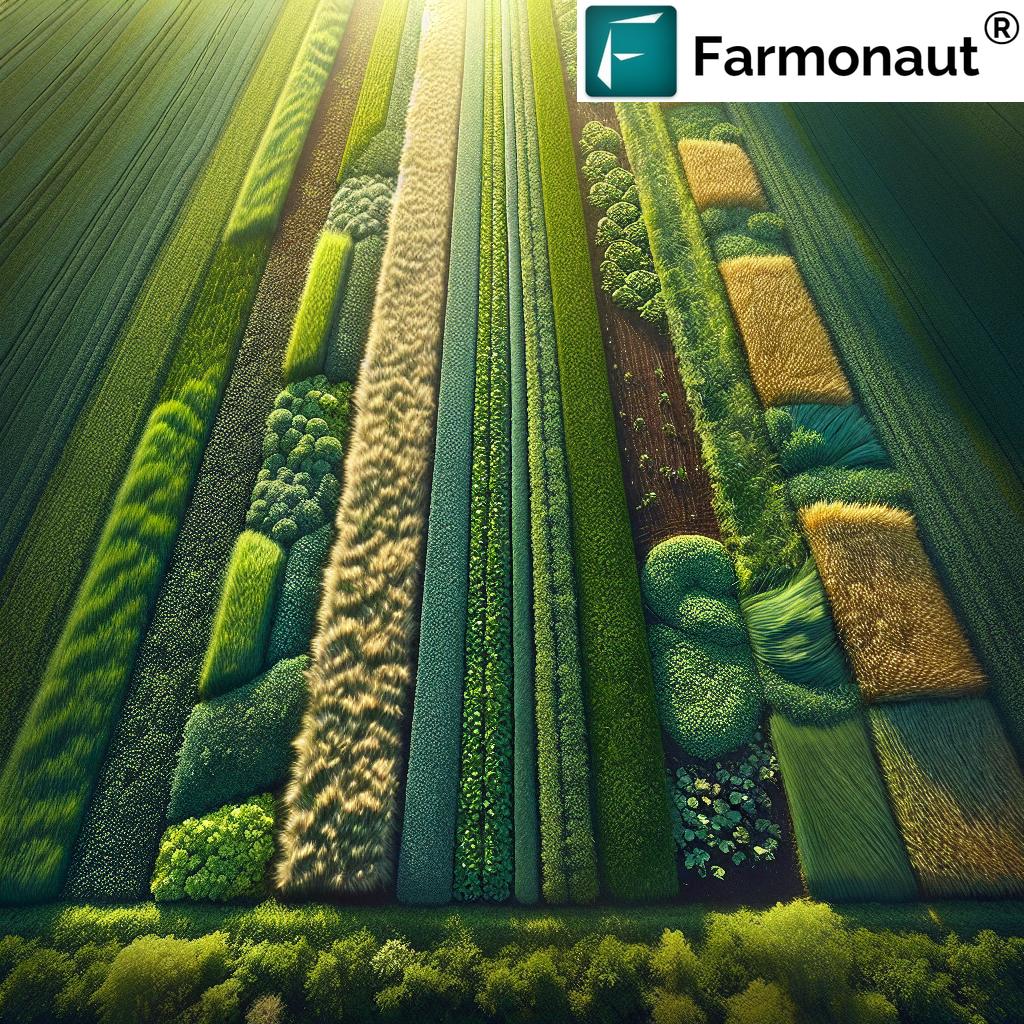
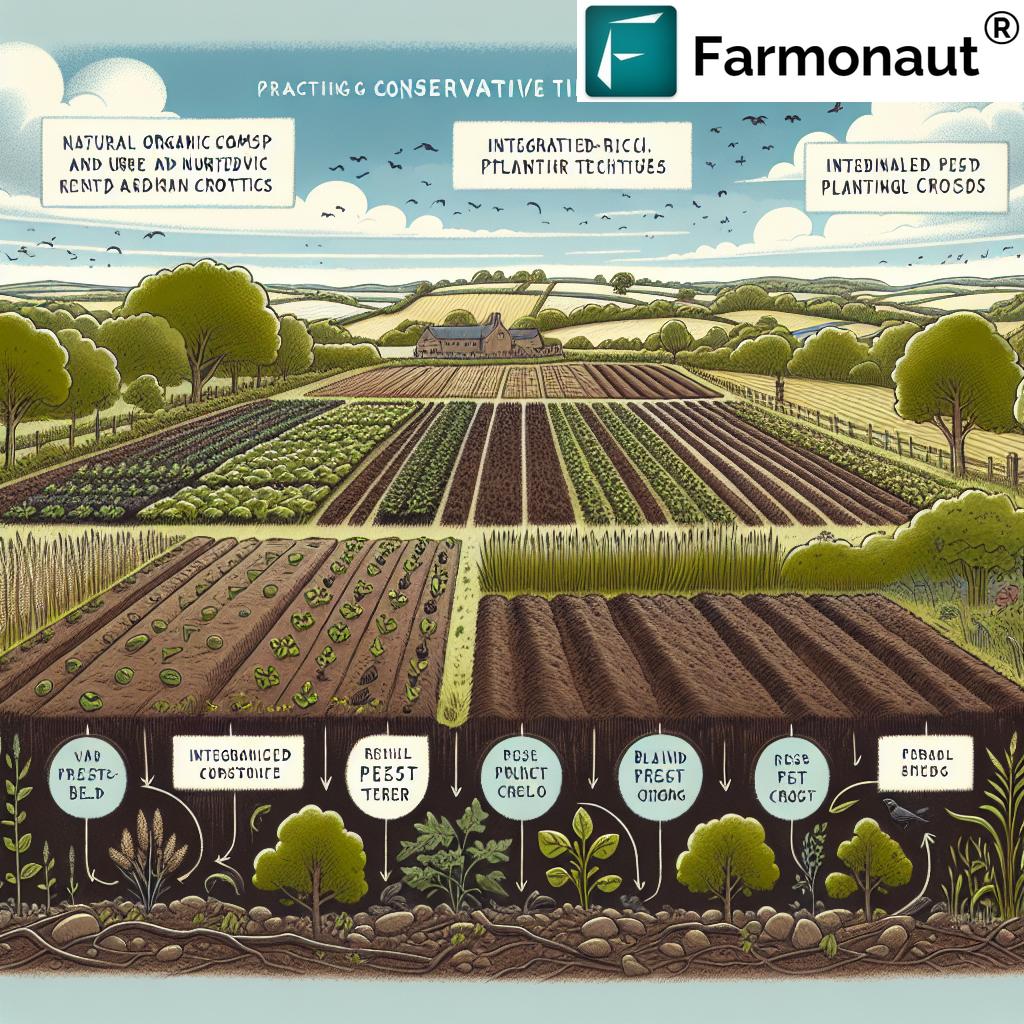
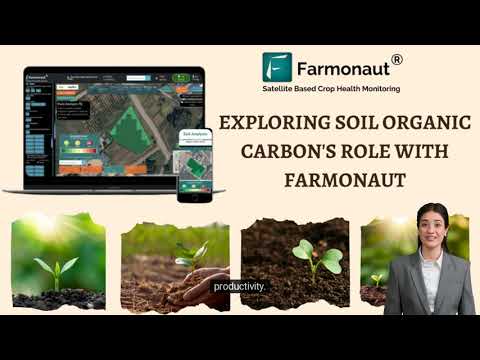
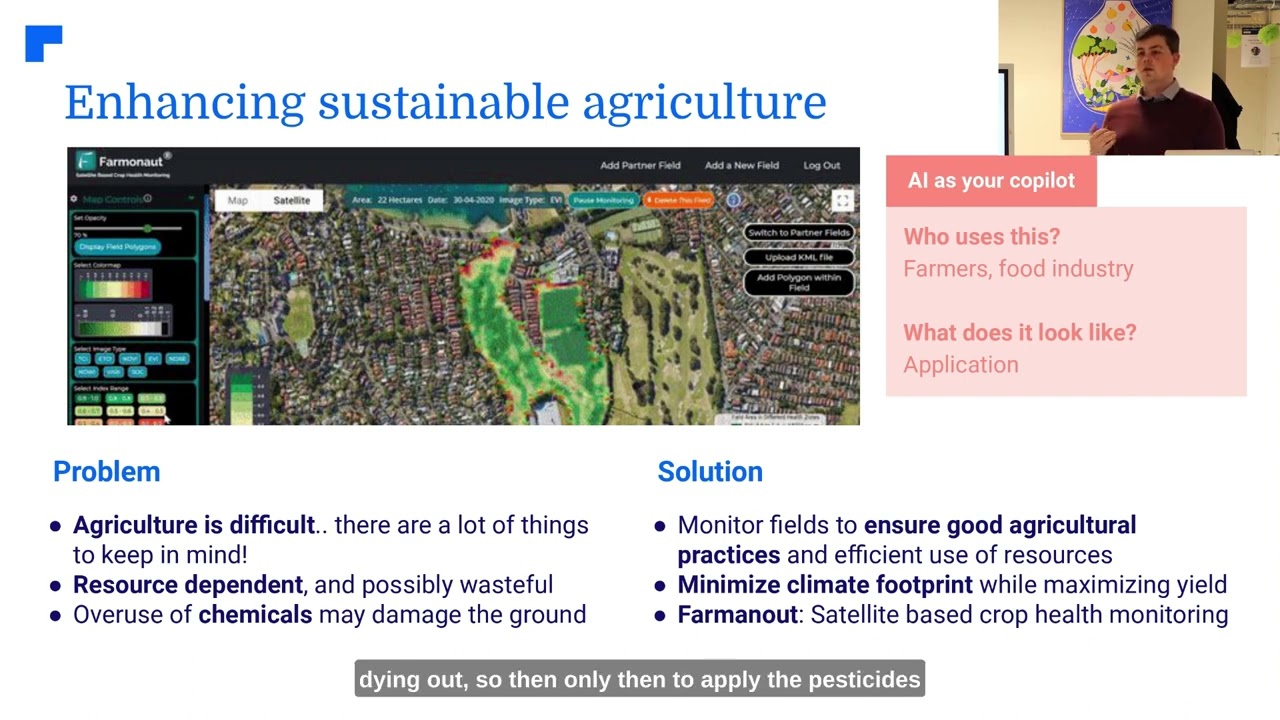






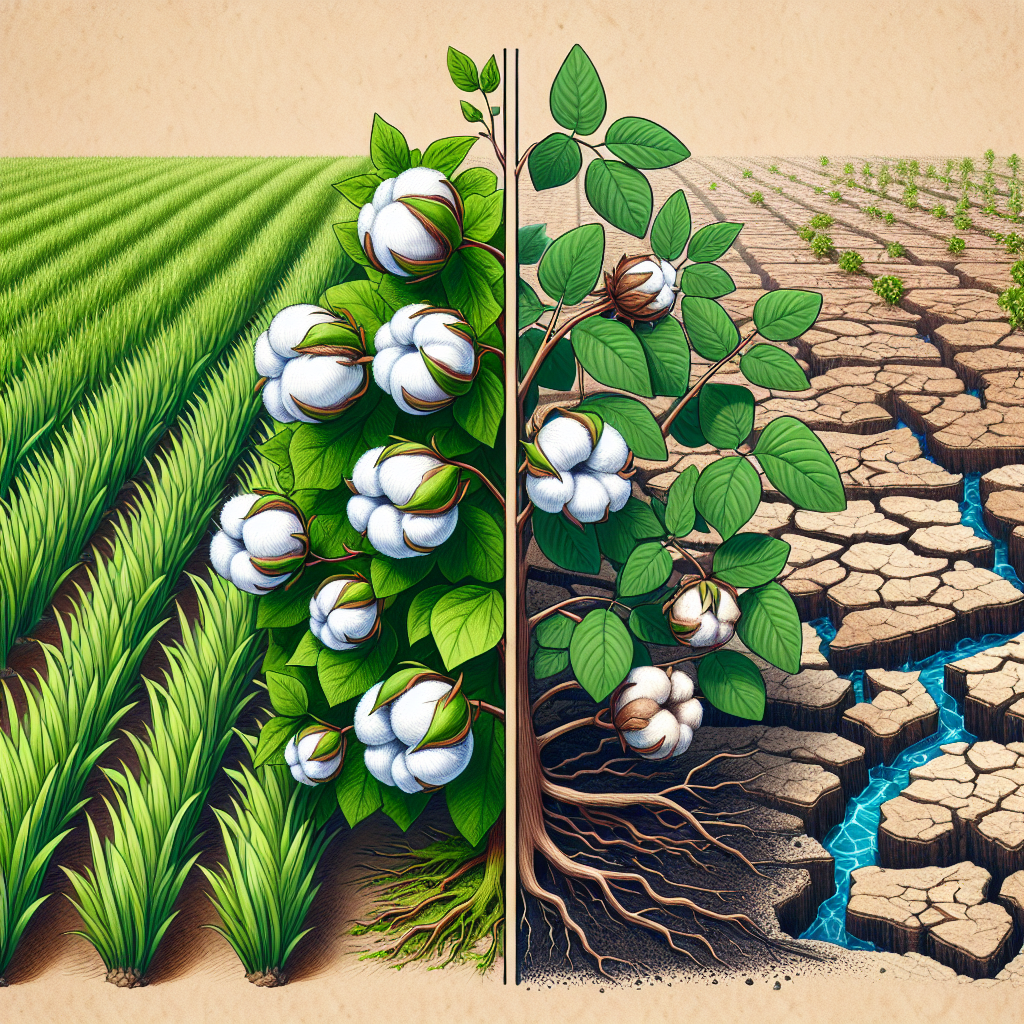
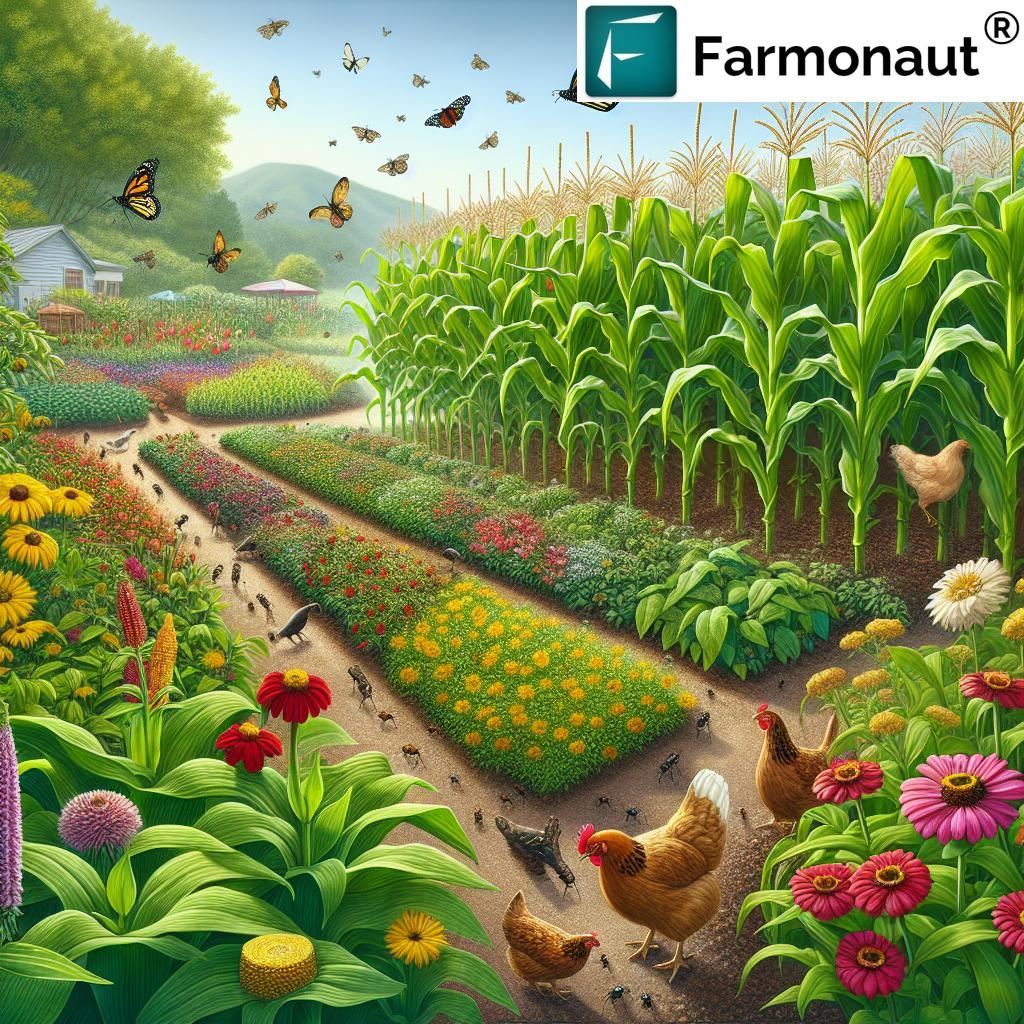
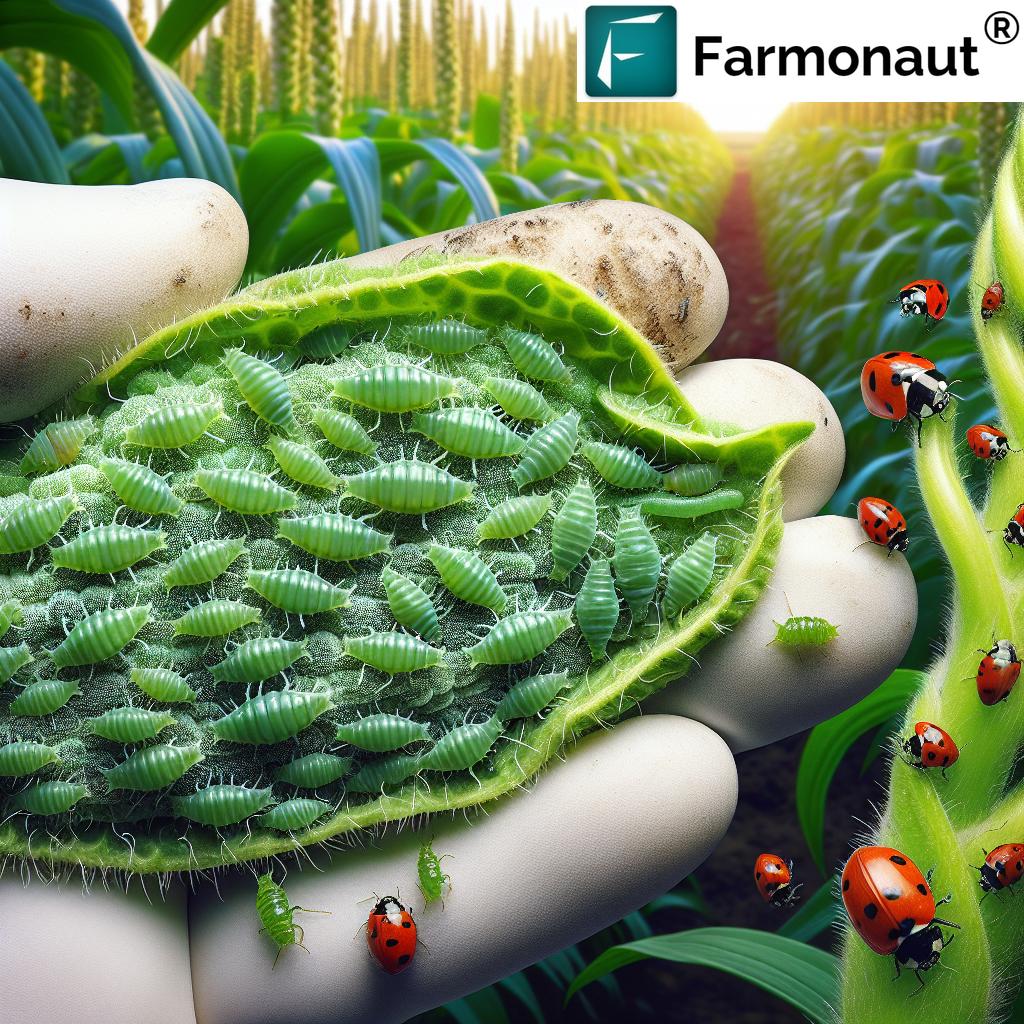
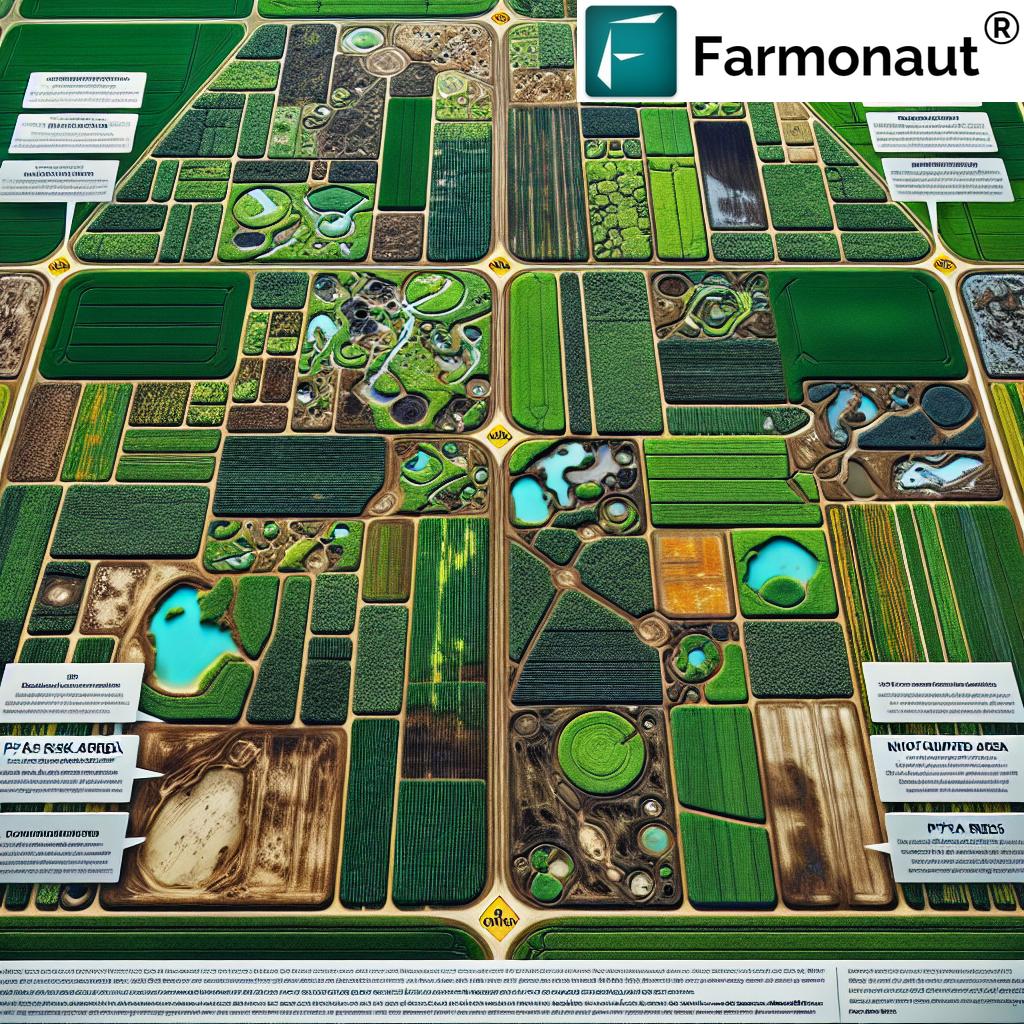

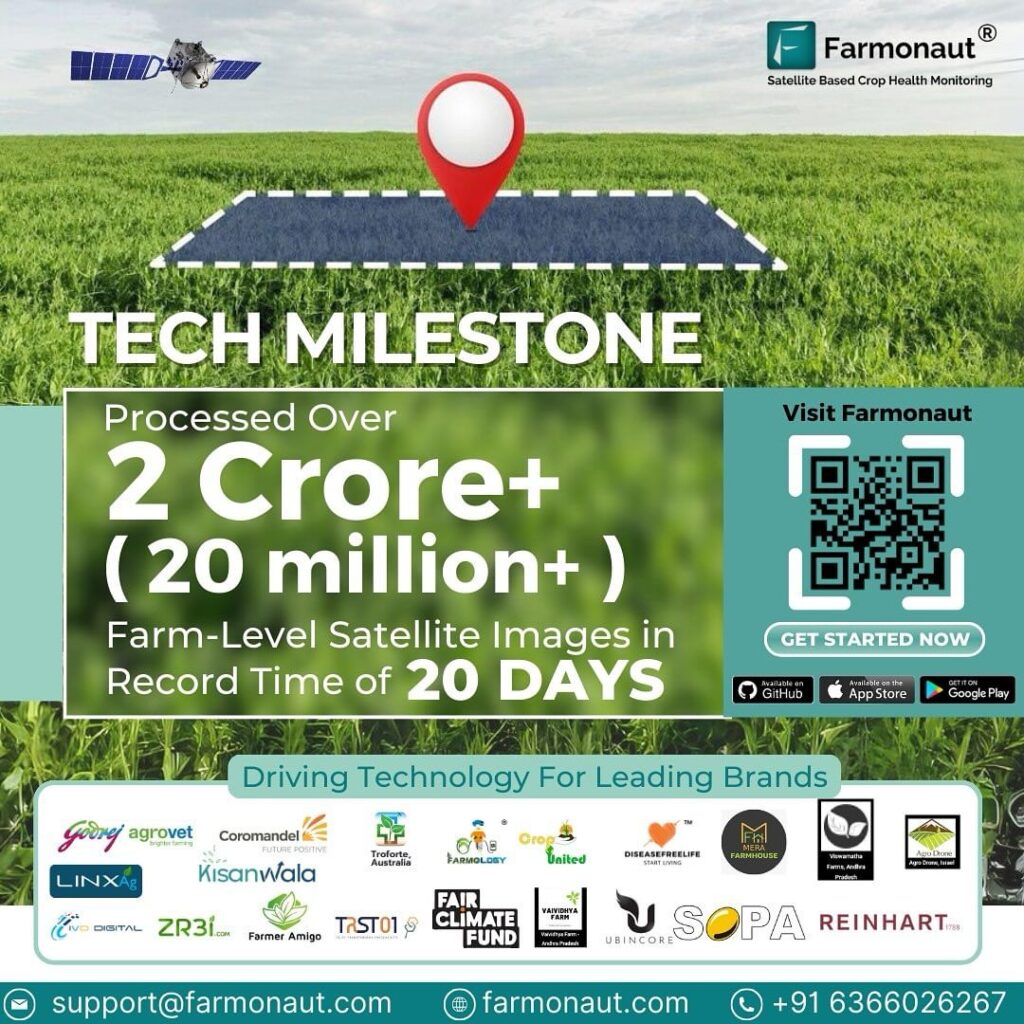
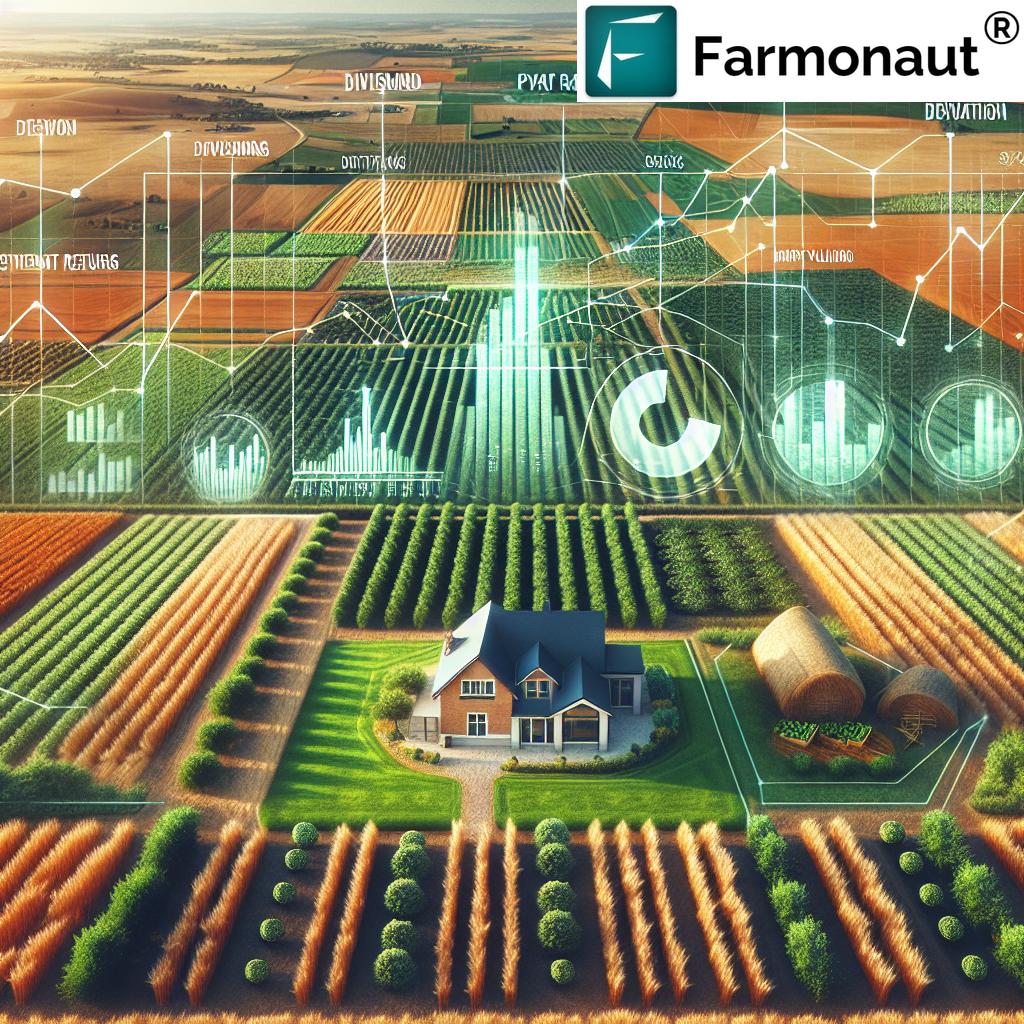
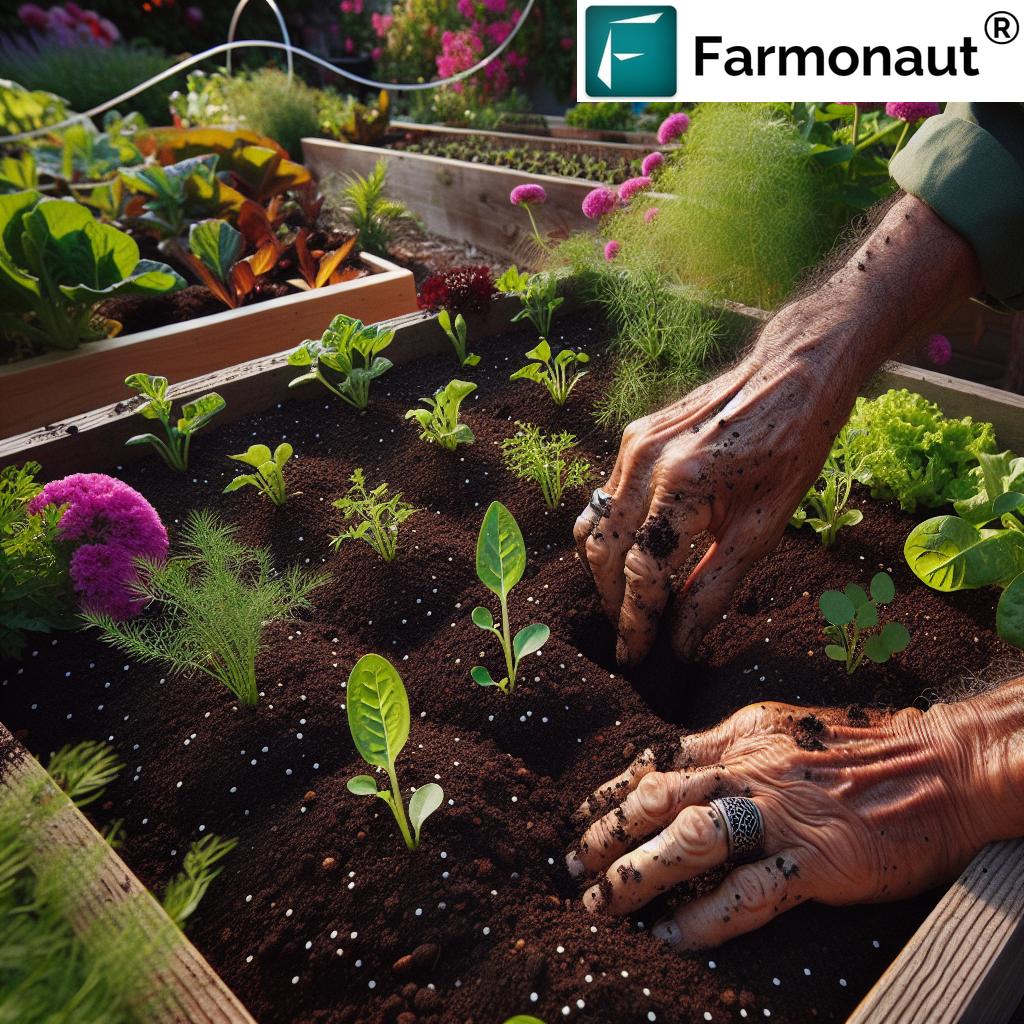
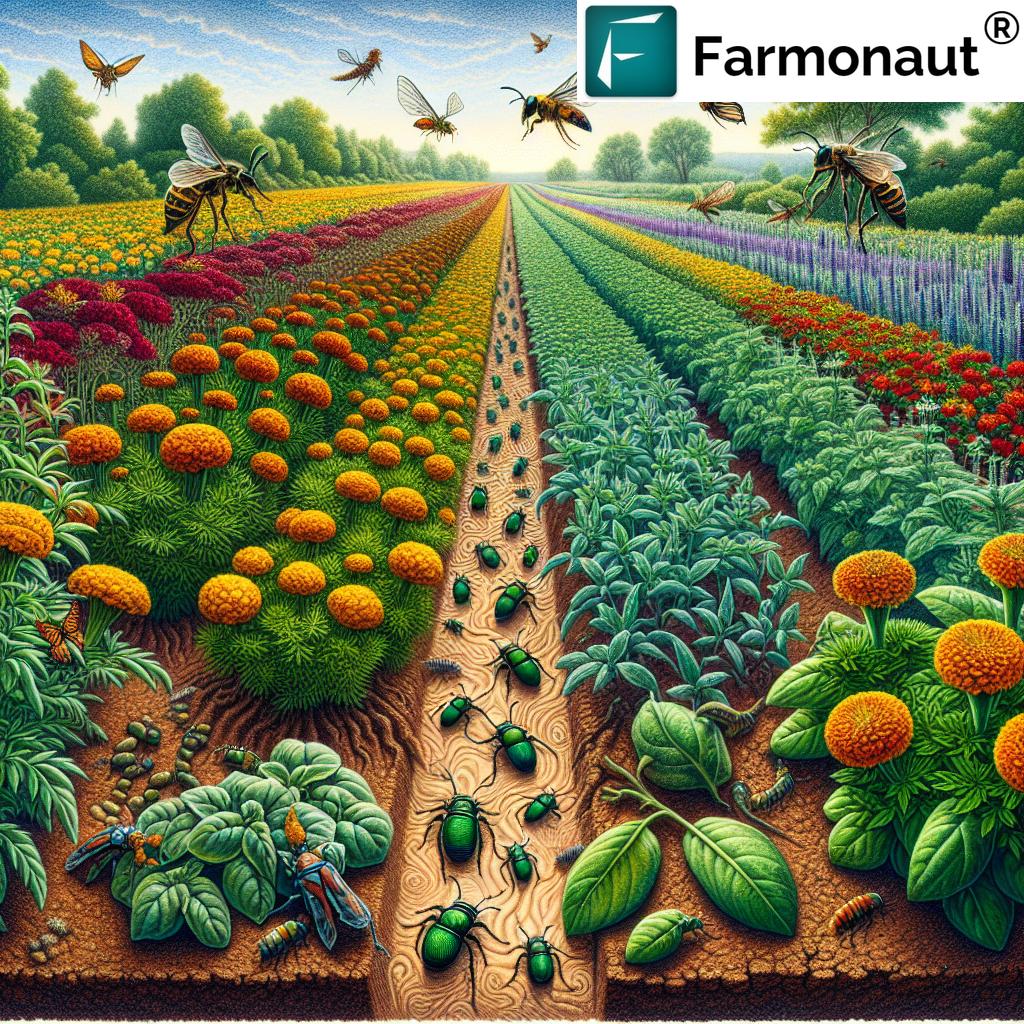
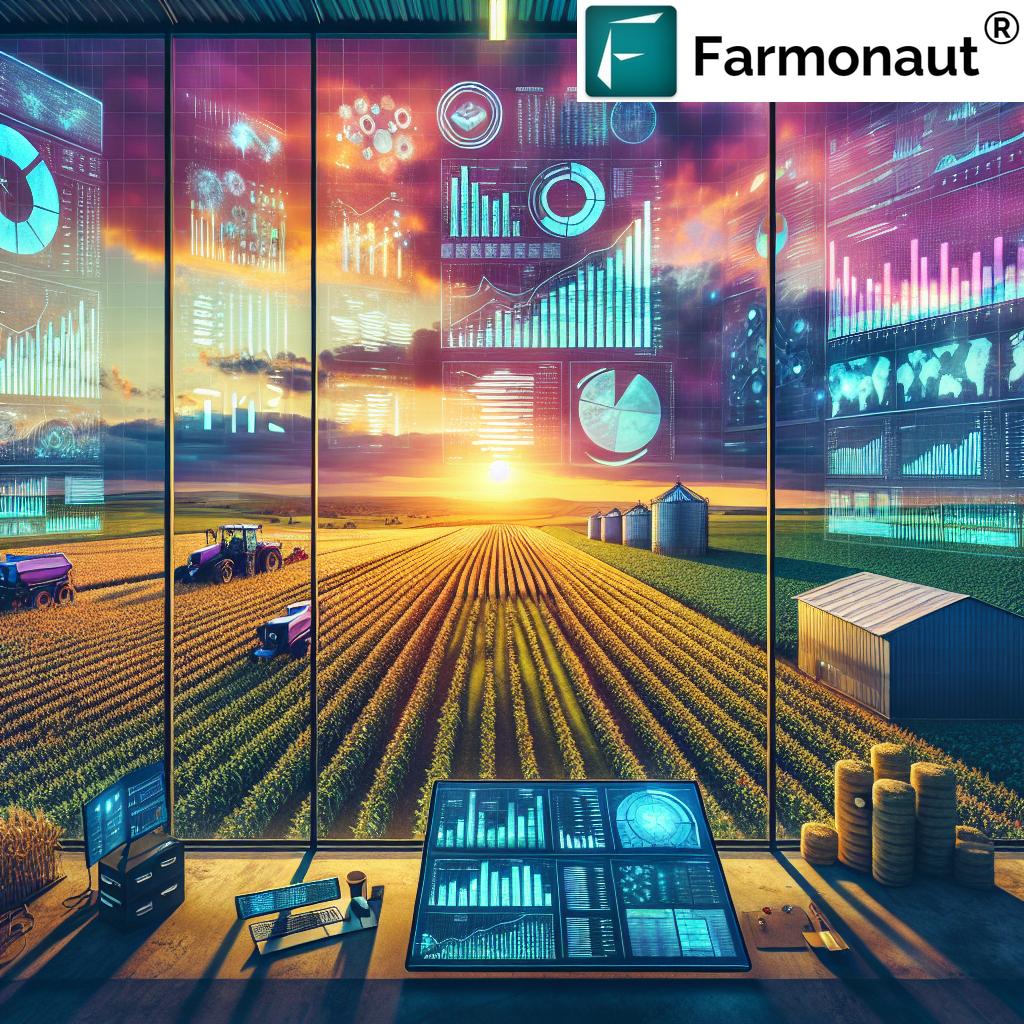
There is definately a lot to find out about this subject. I like all the points you made